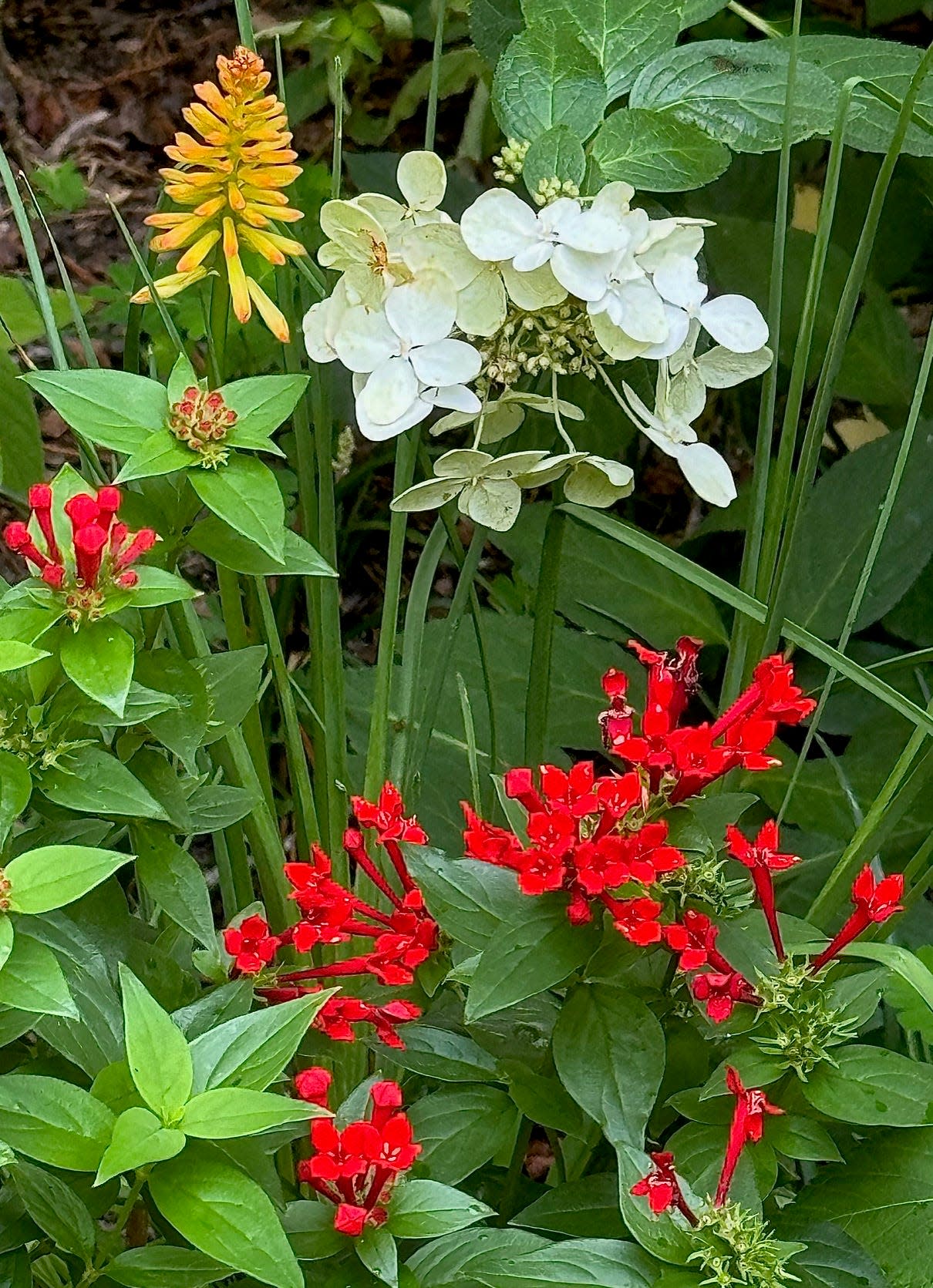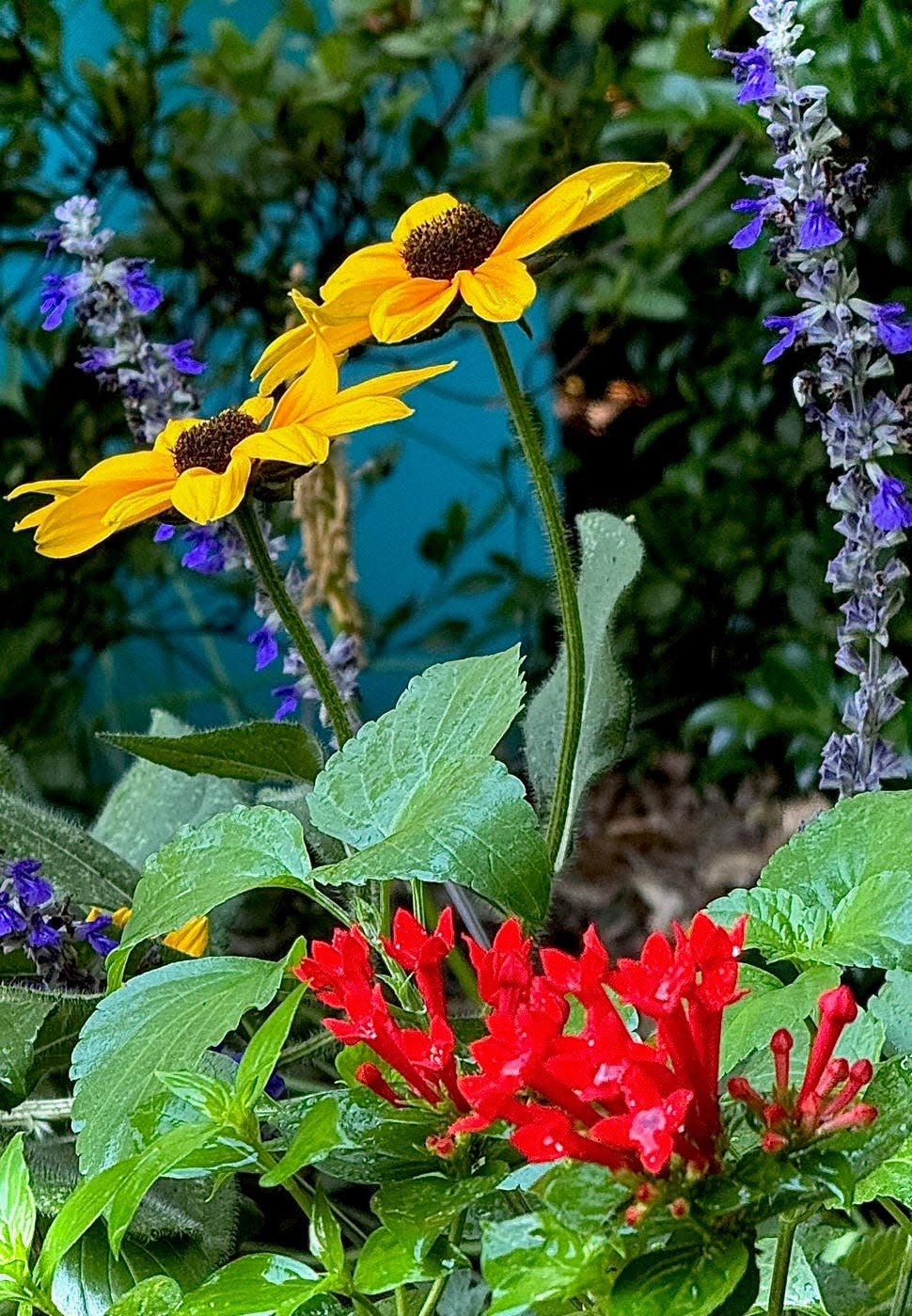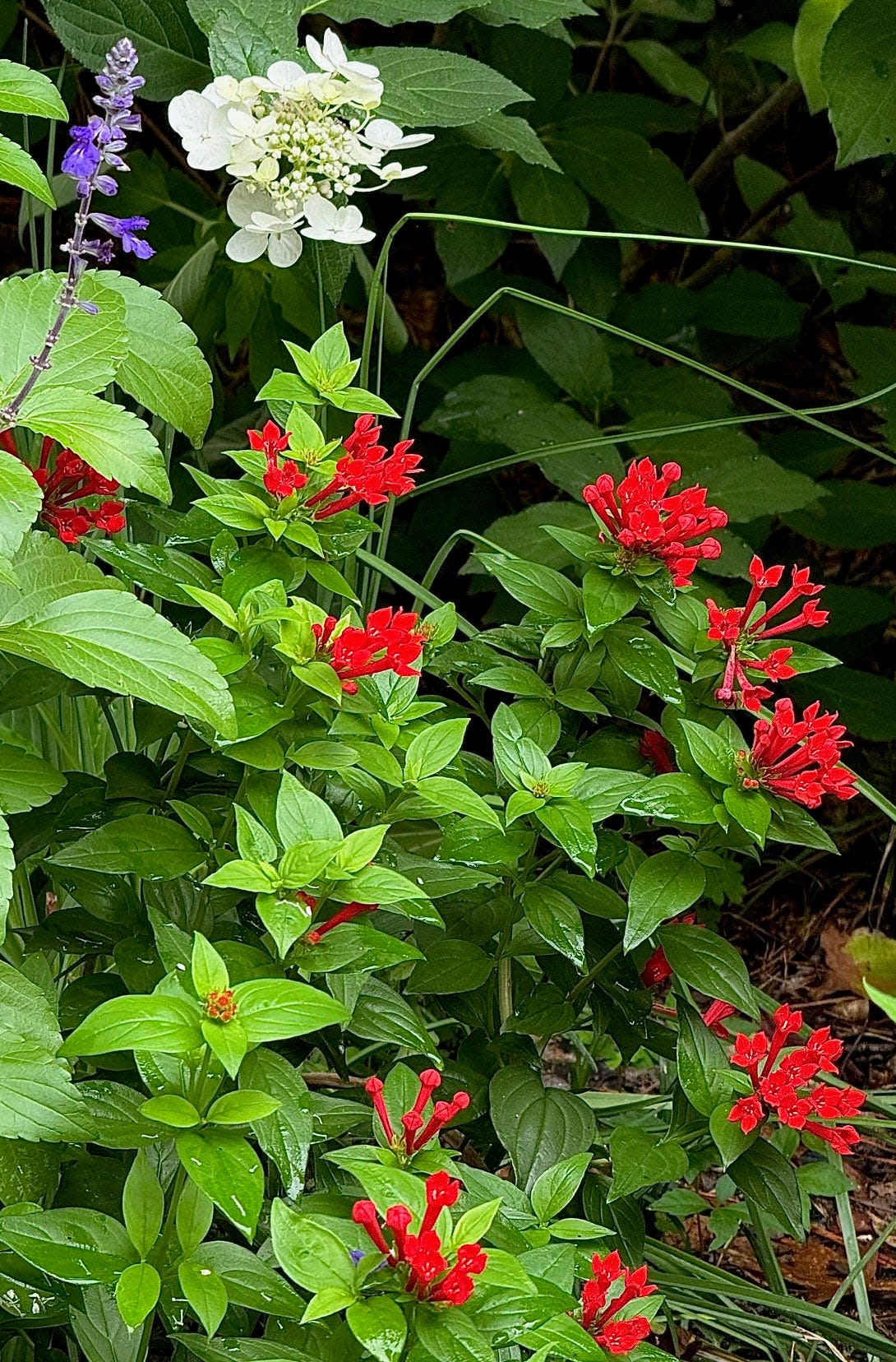Estrellita Little Star might have redundant name, but is a beautiful plant

Last year was exciting for The Garden Guy as I became introduced to a plant called Estrellita Little Star. The name is neat to me as Estrellita actually means little star. While that might sound redundant, it also sounds like a profound introduction to this beautiful flower. It is like Spanish and English celebrating together a wonderful new flower to the gardening world.
Its debut was exciting to me in that the plant which is known botanically as Bouvardia is native to Mexico, Arizona, New Mexico and my home state of Texas. How did a native Texas horticulturist, a guy who took graduate taxonomy, not know this plant? I’m not so naïve to think I know all native Texas plants. My Texas A&M taxonomy professor Ed McWilliams would have been the first to concur. But shoot, this is a drop dead gorgeous plant, and it attracts pollinators like bees, butterflies and hummingbirds.
As much as I fell in love with Estrellita Little Star, there is a new one making its debut next year called Estrellita Scarlet. So, my color analysis is that Estrellita Little Star which is called orange red by Proven Winners looks like coral or is a fiery orange that ages to coral. The Estrellita Scarlet is a fiery scarlet for its entire existence. The Estrellita Little Star has larger flowers but not quite as many as Estrellita Scarlet.

You may be thinking the new plant name means Little Star Scarlet in translation and that would seem to be correct. Both plants look to be up to 2-feet tall and wide. Proven Winners label each one as Bouvardia. But a little searching would make you think that Bouvardia tenuifolia is in the mix. I also find it particularly interesting that a plant from the arid Southwest can be happy in the sweltering heat and humidity of the Southeast. Almost sounds like someone is trying to fool Mother Nature. They are labeled as perennial in zones 8-10 which have proven to be spot on for my zone 8 garden.
The common name is firecracker bush, with some in the industry calling it hummingbird flower. In Mexico it has the common name Trompetilla or ear trumpet. You can understand if you think back to old movies where the old geezer sticks a trumpet-like device in his ear to help in hearing. The Bouvardia is in the Rubiaceae or Madder family. Here we find other landscape favorites like Hamelia or Firebush, Ixora or Jungle Geranium and Pentas or Egyptian Star Flower. All are known as hummingbird favorites.
This year I used the Estrellita Scarlet with Indian Summer rudbeckia and Rockin Playin’ the Blues salvia. In another area I used them with Pyromania Backdraft torch lily and a nearby white Pinky Winky Prime hydrangea. The Estrellita Little Star plants are in a different part of the landscape and are partnered with ColorBlaze Torchlight coleus and Luscious Citrus Blend lantanas.

These are deciduous shrub-like plants that do best in well-drained soil with best blooming occurring in full sun. Fertilize in early spring with an application of controlled release granules. Follow label direction. Plant a cluster of three in your hummingbird, butterfly garden using 18 to 24-inch spacing, Their name says little star but their color will headline the activity in your pollinator garden.
Follow Norman Winter on Facebook @NormanWinterTheGardenGuy for more photos and garden inspiration. See more columns by Norman at SavannahNow.com/lifestyle/home-garden/.
This article originally appeared on Augusta Chronicle: Estrellita Little Star is native to the Southwest but coming to Southeast
